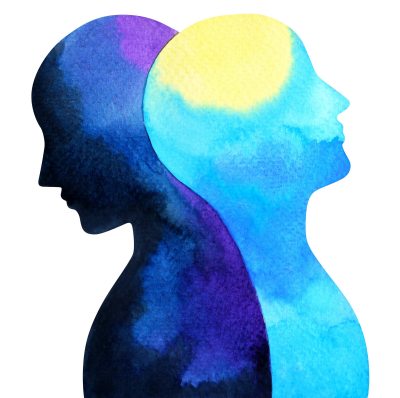What is EMDR?
Difficult Experiences Shape Us
Difficult or disturbing experiences from the past can have lasting negative impacts on the thoughts, beliefs, and feelings about ourselves.
Stress is part of the human experience, and we all have a built-in defense mechanism that can be activated when under duress, often referred to as the fight, flight, freeze and submit responses. The thoughts, images and emotions experienced when under extreme duress may create feelings of being back in those situations or being frozen in time.
EMDR enables people to reprocess the disturbing experience in an adaptive manner thus allowing the brain and the body to react in a fashion as if the disturbance is not still happening.
EMDR ultimately helps the brain to process these experiences and thus facilitates the natural human healing process.
The Mind Can Heal
When experiences, emotions and physical sensations are manageable and make sense, the brain sorts them so you can recall what happened in the past, and process them correctly as past experiences.
 Difficult experiences, however, can become “stuck” and feel as if they are recurring in the present; sometimes repeatedly.
Difficult experiences, however, can become “stuck” and feel as if they are recurring in the present; sometimes repeatedly.
Sometimes new experiences can be misinterpreted and processed with these old emotional responses, which can cause extreme distress, fear and anxiety in otherwise everyday situations.
Prior to treatment, people can feel isolated, hopeless or distressed. They have pulled away from relationships and everyday experiences that have become “triggers.”
But EMDR theorizes that the mind can heal from psychological trauma in the same way the body heals from physical trauma: that we are all physiologically geared toward the achievement of optimal health.
As memories and experiences are re-processed using EMDR, symptoms recede, allowing shifts in thoughts, feelings, behaviors and physical sensations.
